Address
304 North Cardinal St.
Dorchester Center, MA 02124
Work Hours
Monday to Friday: 7AM - 7PM
Weekend: 10AM - 5PM
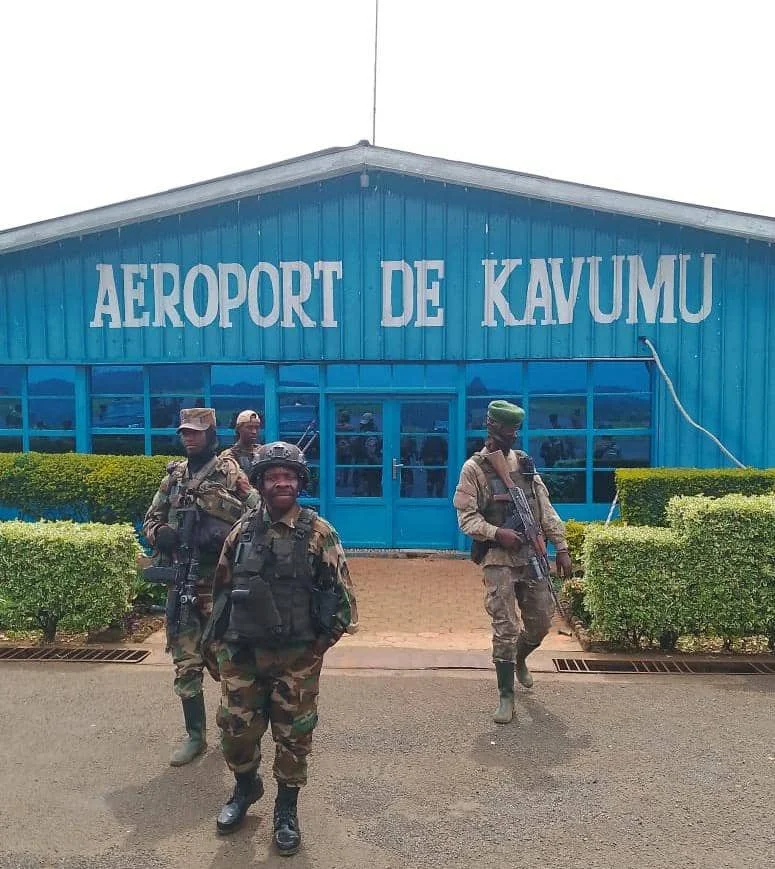
The recent capture of the Kavumu airport and an abandoned military arsenal by the M23 rebel group in the Democratic Republic of the Congo (DRC) signals an alarming escalation in the region’s ongoing conflict. As M23 forces reportedly advance towards Bukavu, a critical city in the South Kivu province, the potential for broader instability looms large. Bukavu’s significance cannot be overstated—both strategically and symbolically—making its fate a key focal point for regional and international observers alike.
The echoes of past conflicts are still fresh in the collective memory of Congolese citizens and the international community. When M23 seized Goma in 2012, widespread protests erupted against the rebel occupation, highlighting the deep-seated resentment and fear among the local population. Today, the specter of similar unrest haunts Bukavu as the city braces for potential rebel control. The defeat of Burundian reinforcements and the Congolese army’s apparent inability to mount successful defensive operations further compound the precariousness of the situation.
This new offensive not only threatens the fragile stability of the DRC but also raises broader geopolitical concerns. Rwanda’s continued support for M23 provides Kigali with strategic entry points into Eastern Congo, heightening tensions with neighboring states. Moreover, the control of mineral-rich regions remains a crucial objective for all parties involved, further complicating the conflict dynamics.
As regional powers like Chad and South Africa voice opposition to Rwanda’s perceived expansionism, the possibility of a Third Congo War becomes an unsettling reality. This blog will explore the unfolding crisis, examining M23’s strategic moves, regional implications, and the potential for an escalating conflict that could reshape Central Africa’s geopolitical landscape.
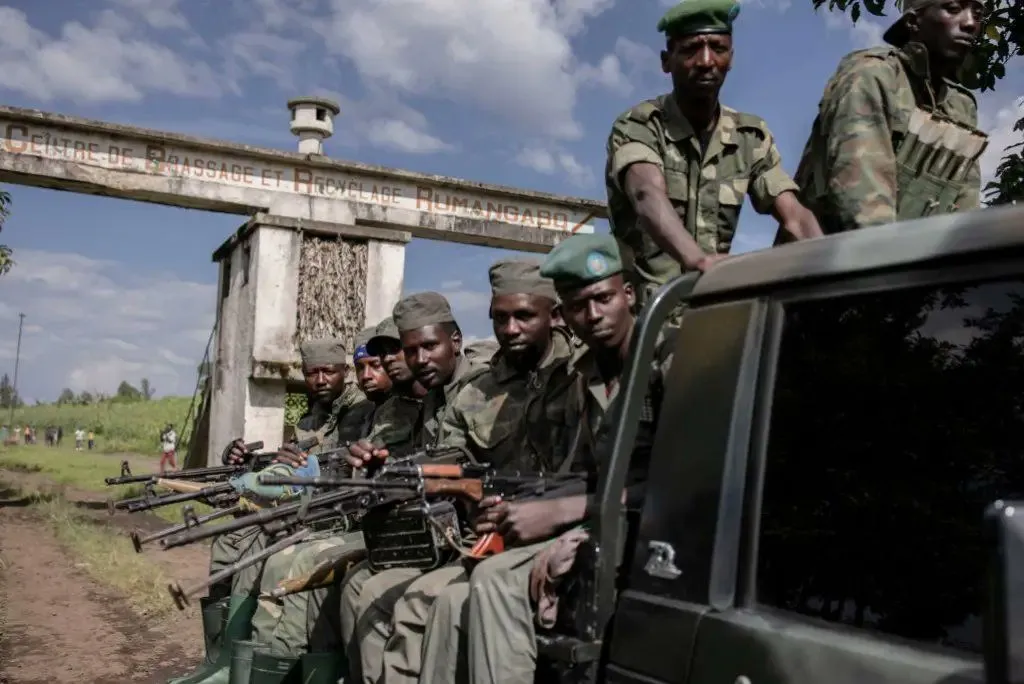
The March 23 Movement, known as M23, emerged from the ashes of the Congolese military’s internal fractures and the region’s complex web of alliances and rivalries. Composed mainly of ethnic Tutsi fighters, many of whom were former members of the Congolese army, the M23 rebel group has consistently been linked to Rwanda, which has provided support in the form of logistics, training, and strategic guidance. This connection has fueled regional distrust, particularly between the DRC and Rwanda, and has drawn condemnation from international actors. An intelligence briefing on the M23 Movement is available here.
M23’s origins trace back to the 2009 peace agreement between the Congolese government and the National Congress for the Defense of the People (CNDP), another Rwandan-backed rebel group. Discontent over the Congolese government’s failure to fully implement the terms of this agreement, particularly regarding the integration of CNDP forces into the national army, led to the formation of M23 in 2012. Within months, the group seized Goma, the capital of North Kivu, before agreeing to withdraw under international pressure. Although temporarily subdued, M23 never fully disbanded, and its resurgence in 2021 marked the beginning of a new chapter in Eastern Congo’s protracted conflict.
The region’s geopolitical landscape is shaped by a multitude of actors with competing interests. Rwanda’s involvement is often justified by its government as a necessary measure to counter Hutu militias, such as the Democratic Forces for the Liberation of Rwanda (FDLR), which operate in Eastern Congo and are accused of harboring genocide perpetrators from 1994. However, critics argue that Rwanda’s true motives lie in its desire to control Eastern Congo’s vast mineral wealth, including valuable resources like coltan, gold, and tin, which are vital to global supply chains.
Burundi, too, has found itself entangled in the conflict, with its forces recently deployed to support Congolese operations against M23. The swift defeat of these reinforcements highlights the growing strength and tactical sophistication of M23. Meanwhile, Uganda’s historical involvement in Eastern Congo adds another layer of complexity, as Kampala has both supported and opposed various factions over the decades, often driven by economic and strategic interests.
The Congolese army, or FARDC, remains plagued by internal corruption, poor training, and inadequate resources. Despite international assistance and training programs, its inability to maintain control over Eastern Congo has left a power vacuum that groups like M23 exploit. This has resulted in a humanitarian crisis, with millions displaced, countless human rights abuses, and an economy crippled by instability.
Eastern Congo’s significance extends beyond its borders due to its resource wealth. The region’s minerals are essential to industries worldwide, making control over these areas highly coveted. Additionally, its location makes it a strategic corridor for regional trade and military operations. As M23’s offensive gains momentum, the balance of power in this volatile region could shift dramatically, with far-reaching consequences for the DRC and its neighbors.
Understanding M23’s roots and the intricate geopolitical dynamics at play is essential to grasp the gravity of the current situation. The rebel group’s resurgence is not merely a domestic issue but a flashpoint in the broader struggle for influence and resources in Central Africa.
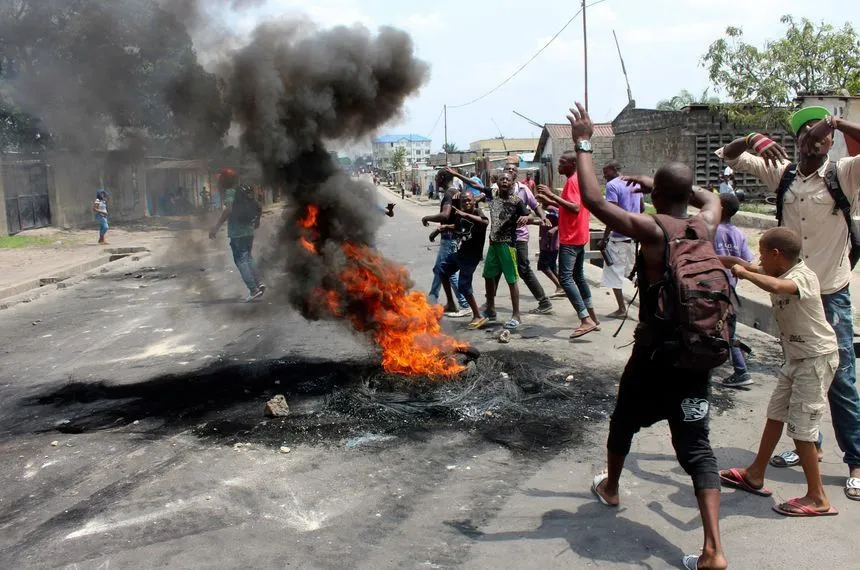
Bukavu, the capital of South Kivu province, holds immense strategic importance in the Democratic Republic of the Congo’s volatile eastern region. Situated on the southwestern shore of Lake Kivu, Bukavu serves as a crucial logistical hub, linking the DRC with neighboring Rwanda and Burundi. Its proximity to the Rwandan border makes it a key gateway for trade, military operations, and, increasingly, rebel activity. The potential fall of Bukavu to M23 would mark a significant escalation in the ongoing conflict, providing the rebel group with a critical stronghold from which to expand its influence further into South Kivu and beyond.
The recent reports of M23’s entry into Bukavu have sent shockwaves through the region. While these reports are still being verified, the implications are profound. Bukavu is not just another city in Eastern Congo; it is a historical flashpoint that has witnessed multiple conflicts, human rights abuses, and waves of displacement over the past two decades. The defeat of Burundian reinforcements by M23 highlights the group’s growing military prowess and the vulnerabilities of the Congolese defense apparatus. With the Congolese army struggling to maintain control, Bukavu stands as a prime target for M23’s expansionist agenda.
One of the most alarming developments is M23’s acquisition of an abandoned military arsenal at Kavumu, located just north of Bukavu. This cache of weapons and ammunition significantly enhances the group’s operational capabilities, enabling it to sustain prolonged offensives and defend newly captured territories. The Kavumu airport, now under M23 control, provides a critical logistical base for troop movements and supply chains, further strengthening the group’s strategic position in South Kivu.
The capture of Bukavu would also provide M23 with access to vital economic resources. South Kivu, like its northern counterpart, is rich in minerals such as gold, cassiterite, and coltan. These resources are essential not only for the global electronics industry but also for financing armed groups operating in the region. Control over Bukavu would allow M23 to exploit these resources, funding its operations and expanding its influence. Moreover, Bukavu’s well-established trade routes could facilitate the smuggling of minerals, weapons, and other goods, further entrenching the rebel group’s presence in the region.
The strategic significance of Bukavu extends beyond its economic and logistical value. The city’s capture would provide M23 with a critical bargaining chip in any future negotiations with the Congolese government or international mediators. It would also serve as a launching pad for further offensives, including potential moves towards other key cities like Uvira, near the Burundian border, and Butembo, in North Kivu. Such advances would not only destabilize the region further but also challenge the authority of the Congolese state and its ability to govern its territory effectively.
As the situation in Bukavu unfolds, the region braces for the potential humanitarian fallout. The city’s population, already weary from years of conflict, faces the grim prospect of displacement, violence, and economic disruption. For M23, Bukavu represents more than just a military conquest—it is a gateway to greater power, wealth, and influence in Eastern Congo’s complex and bloody landscape.
The resurgence of M23 and its recent military gains in Eastern Congo have reignited fears of Rwanda’s growing influence in the region. With M23 now controlling key territories such as Goma and potentially Bukavu, Rwanda gains two critical entry points into the Democratic Republic of the Congo (DRC), further entrenching its presence and influence. This dual access not only bolsters Rwanda’s strategic leverage but also poses significant challenges for regional stability.
Rwanda’s involvement in Eastern Congo is rooted in its complex history with the region. Kigali has long justified its interventions by citing the presence of Hutu militias, particularly the Democratic Forces for the Liberation of Rwanda (FDLR), which it holds responsible for the 1994 genocide. However, many analysts argue that Rwanda’s motives extend beyond security concerns. The mineral wealth of Eastern Congo, including coltan, gold, and tin, is a powerful lure, and control over these resources provides substantial economic benefits. With M23 acting as a proxy force, Rwanda is positioned to exploit these resources more efficiently, ensuring a steady flow of wealth into its economy.
The control of Goma and Bukavu effectively secures two major gateways for Rwanda into Eastern Congo. Goma, located in North Kivu, has long served as a critical hub for trade, transport, and military operations. Bukavu, in South Kivu, offers similar advantages, with established trade routes and proximity to key mining areas. Together, these cities provide Rwanda with unprecedented access to the region’s resources and influence over local political and economic dynamics. This dual control allows Kigali to strengthen its economic foothold while maintaining a strategic military presence, making it a formidable player in the region’s geopolitics.
The potential fall of several key mining cities to M23 further amplifies Rwanda’s influence. Cities such as Walikale, Masisi, and Lubero are rich in minerals essential for global technology supply chains. If M23 extends its control to these areas, Rwanda could benefit from the illicit trade of conflict minerals, financing both its domestic ambitions and regional interventions. This scenario not only threatens the DRC’s sovereignty but also undermines international efforts to regulate and stabilize the region’s resource extraction industry.
Rwanda’s growing influence has not gone unnoticed by regional powers. Countries like Chad and South Africa have voiced strong opposition to Rwanda’s expansionist activities, warning of the potential consequences for regional stability. South Africa, a key player in African peacekeeping and mediation efforts, has expressed concerns over the escalating conflict and the risk of a broader regional war. Chad’s condemnation reflects the broader unease among African nations regarding Rwanda’s ambitions and the destabilizing effects of its involvement in Eastern Congo.
The international community, too, faces a delicate balancing act. While Rwanda is often hailed as a model of post-genocide recovery and economic development, its actions in Eastern Congo raise critical questions about its regional ambitions and human rights record. As M23 consolidates its gains, the international community must navigate the complex dynamics of supporting the DRC’s sovereignty while addressing Rwanda’s strategic interests. The dual entry points controlled by Rwanda-backed forces symbolize not just military gains but a broader geopolitical shift that could redefine power structures in Central Africa for years to come.
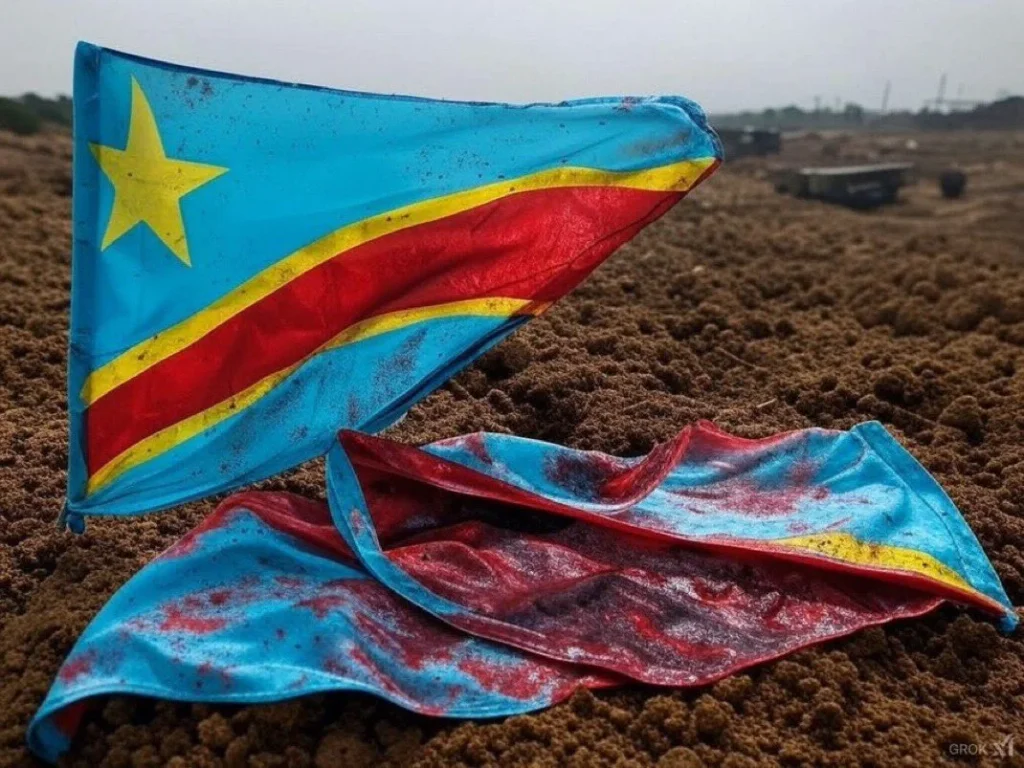
The rapid territorial gains by M23 and Rwanda’s alleged backing have sparked fears of a renewed large-scale conflict in Central Africa. With M23’s increasing military strength, the Democratic Republic of the Congo (DRC) facing internal weaknesses, and growing opposition from regional powers, the specter of a Third Congo War looms large. The parallels to the First and Second Congo Wars, which devastated the region between 1996 and 2003, are unsettlingly clear, and the current situation threatens to unravel years of fragile peace efforts.
Recent statements from regional powers highlight the growing alarm. Chad has explicitly condemned Rwanda’s actions, accusing Kigali of fueling instability for economic and strategic gain. South Africa, historically involved in peacekeeping and diplomatic efforts in the Great Lakes region, has warned that continued Rwandan involvement could trigger a broader conflict, drawing in multiple African nations once again. These warnings are not without merit; the Second Congo War saw the involvement of nine African countries and numerous armed groups, earning it the grim moniker of “Africa’s World War.”
The current indicators of escalation are troubling. M23’s swift and decisive victories over both Congolese and Burundian forces suggest a level of preparation and external support that far surpasses previous rebel campaigns. The group’s access to sophisticated weaponry, potentially from the recently seized arsenal in Kavumu, enhances its operational capacity. Moreover, M23’s territorial ambitions appear to extend beyond Bukavu, with strategic targets like Uvira near the Burundian border and Butembo in North Kivu already being discussed as future conquests. Such expansions would not only deepen the humanitarian crisis but also strain regional alliances and provoke military responses from neighboring countries.
The potential outbreak of a Third Congo War raises several alarming scenarios. One possibility is a direct military confrontation between the DRC and Rwanda, a conflict that would undoubtedly spill over into neighboring countries like Uganda, Burundi, and Tanzania. Another scenario involves the mobilization of regional coalitions, with countries like South Africa and Angola potentially deploying peacekeeping forces or military support to counter Rwanda’s influence. Additionally, the involvement of external powers, including international organizations like the United Nations and African Union, could add another layer of complexity, balancing peacekeeping with political maneuvering.
A renewed conflict in the DRC would have catastrophic humanitarian consequences. The region is already grappling with widespread displacement, with millions of Congolese living in refugee camps or fleeing to neighboring countries. An escalation of hostilities would exacerbate these conditions, leading to increased casualties, human rights violations, and economic disruption. The international community’s ability to respond effectively would be severely tested, given the scale and complexity of the conflict.
However, a Third Congo War is not inevitable. Diplomatic efforts, though strained, could still prevent full-scale warfare. Regional organizations like the Southern African Development Community (SADC) and the International Conference on the Great Lakes Region (ICGLR) have a critical role to play in mediating between the DRC and Rwanda. International pressure on Rwanda, particularly from Western allies, could also deter further military aggression. The enforcement of sanctions, targeted diplomatic measures, and support for the Congolese government’s stabilization efforts are potential tools to contain the crisis.
Yet, the path to peace remains fraught with challenges. The DRC’s internal political instability, driven by corruption, weak governance, and ethnic tensions, undermines its ability to negotiate and implement peace agreements. Rwanda’s strategic interests in Eastern Congo’s resources create a powerful incentive to maintain influence through M23. Additionally, the region’s history of broken peace agreements and fragile ceasefires raises questions about the sustainability of any diplomatic resolution.
As the situation unfolds, the international community must remain vigilant. The potential for a Third Congo War serves as a stark reminder of the region’s volatile history and the devastating human cost of conflict. For analysts, policymakers, and humanitarian organizations, the priority must be to monitor developments closely, support diplomatic initiatives, and prepare for the humanitarian response that may become necessary. The future of Eastern Congo hangs in the balance, and the decisions made in the coming months could determine whether the region sees a return to war or a fragile path to peace.
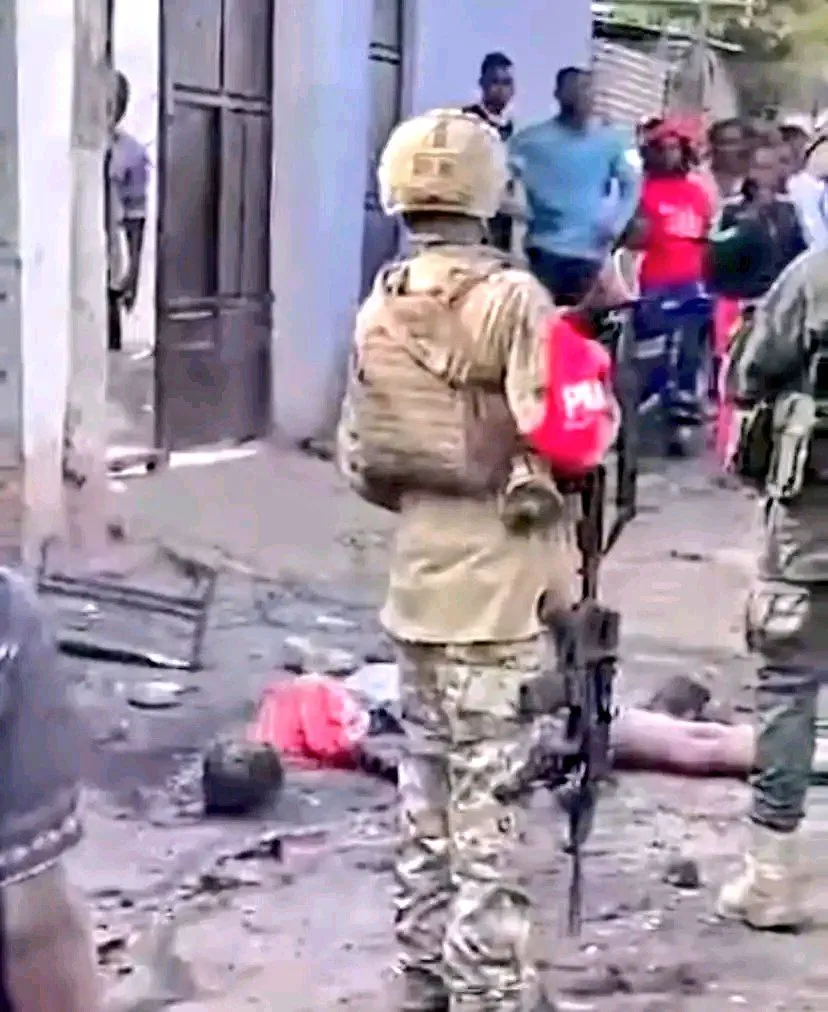
The escalating conflict in Eastern Congo presents significant challenges and responsibilities for the international community and OSINT (Open Source Intelligence) analysts. As M23’s advances threaten to destabilize the region further, international actors must navigate complex geopolitical realities while addressing the humanitarian crisis. At the same time, OSINT analysts play a crucial role in monitoring, verifying, and analyzing developments on the ground, providing timely insights that can inform policy decisions and humanitarian responses.
One of the most pressing concerns is the humanitarian impact of the conflict. Eastern Congo is already one of the world’s most crisis-stricken regions, with millions displaced by violence and instability. The potential fall of Bukavu and other key cities to M23 could trigger another wave of displacement, exacerbating the already dire conditions in refugee camps. International organizations, including the United Nations, must prepare for increased humanitarian aid needs, while also navigating the political sensitivities of providing assistance in rebel-controlled areas.
Diplomatic responses to the conflict are equally critical. Countries like the United States, France, and members of the African Union face the challenge of balancing their relationships with Rwanda and their commitment to Congo’s sovereignty. Sanctions against Rwanda, increased support for Congolese forces, and peacekeeping interventions are all on the table, but each option comes with its own set of risks and complications. The international community’s response will not only shape the conflict’s trajectory but also influence regional perceptions of global powers’ commitment to peace and stability in Africa.
For OSINT analysts, the conflict offers both challenges and opportunities. The fast-paced developments, including troop movements, territorial changes, and diplomatic maneuvers, require constant monitoring. Analysts must verify information from multiple sources, including social media, satellite imagery, and local reports, to provide accurate and timely updates. This conflict also highlights the growing importance of OSINT in modern warfare, where traditional intelligence methods are often supplemented by real-time, open-source data. Analysts must navigate misinformation, propaganda, and rapidly changing situations to deliver reliable intelligence that can support humanitarian efforts, inform policy decisions, and keep the global audience informed.
As the crisis unfolds, the international community and OSINT analysts must work together to mitigate the conflict’s impact, support peace efforts, and provide accurate information in an increasingly complex and volatile landscape.
The situation in Eastern Congo remains fluid and fraught with uncertainty. M23’s rapid advances, coupled with Rwanda’s alleged backing, have set the stage for a potential escalation that could engulf the region in another devastating conflict. The strategic importance of cities like Bukavu, the economic lure of Eastern Congo’s mineral wealth, and the fragile state of the Congolese military all contribute to a precarious balance that could tip into full-scale war at any moment.
As regional powers voice their concerns and the international community grapples with its response, the coming months will be critical. Diplomatic efforts may yet avert a Third Congo War, but the challenges are immense. For now, the people of Eastern Congo face an uncertain future, marked by the threat of violence, displacement, and economic disruption.
For those following this conflict, vigilance is key. As events unfold, staying informed is essential, and Prime Rogue Inc. remains committed to providing timely, accurate analysis. Whether you are an analyst, policymaker, or concerned global citizen, the developments in Eastern Congo deserve your attention. The stakes are high, and the consequences will be far-reaching.